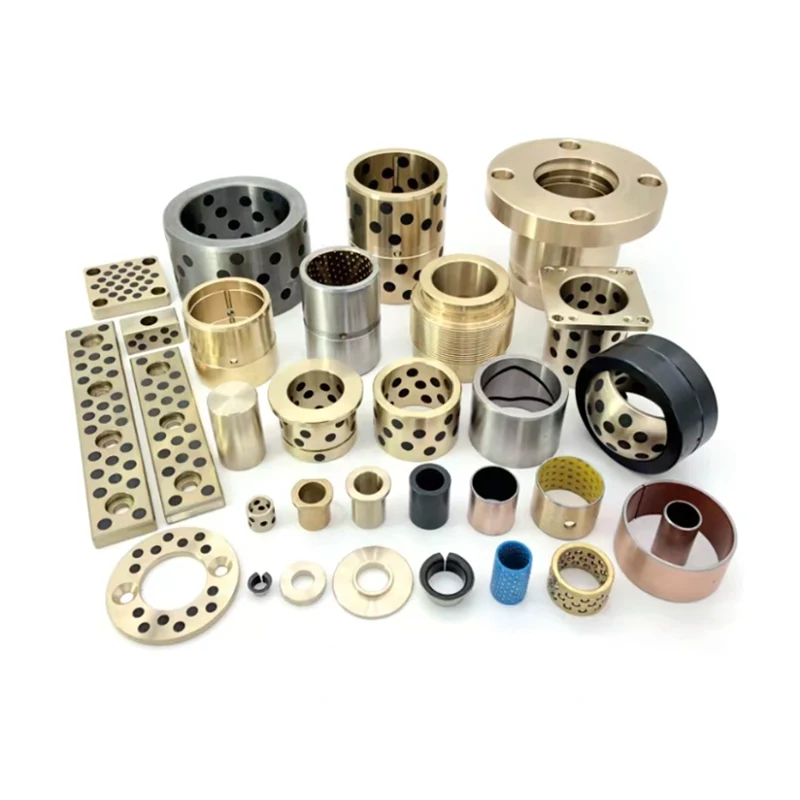The Unsung Heroes of Industrial Machinery: Pillars
2024-12-11
When you think about industrial machinery, your mind might leap to powerful motors or high-tech electronics. But have you ever paused to appreciate the humble pillars? These often-overlooked components quietly hold everything together, ensuring precision and stability in some of the most demanding environments.
What Exactly Are Pillars?
Imagine pillars as the skeleton of a machine. They’re cylindrical supports, usually crafted from tough materials like hardened steel. Their job is simple yet crucial: keeping everything in alignment and ensuring smooth operation. In molds and dies, for example, guide pillars make sure the two halves meet perfectly every time.
Why Pillars Matter
1. Perfect Alignment, Every Time: Pillars are like the unsung choreographers of machinery, ensuring every component moves in harmony.
2. Load Bearers: By distributing weight evenly, they reduce stress on other parts, saving you from costly repairs.
3. Built to Last: Their rugged design means they can endure even the harshest conditions, standing firm through years of use.
Everyday Applications of Pillars
Pillars aren’t just for high-tech factories; they’re everywhere:
- Injection Molding Machines: Guiding molds to open and close seamlessly.
- Die-Casting Equipment: Ensuring flawless alignment for perfect castings.
- Press Tools: Helping precision tools cut and shape materials accurately.
How to Keep Your Pillars Strong
Just like any hardworking component, pillars need TLC:
- Clean them regularly to prevent debris buildup.
- Lubricate to keep them running smoothly.
- Inspect for wear and replace them before small issues become big problems.
At first glance, pillars might seem like minor players, but they’re the backbone of industrial machinery. Without them, precision and reliability would crumble. Next time you see a machine at work, take a moment to appreciate the quiet heroism of its pillars.



